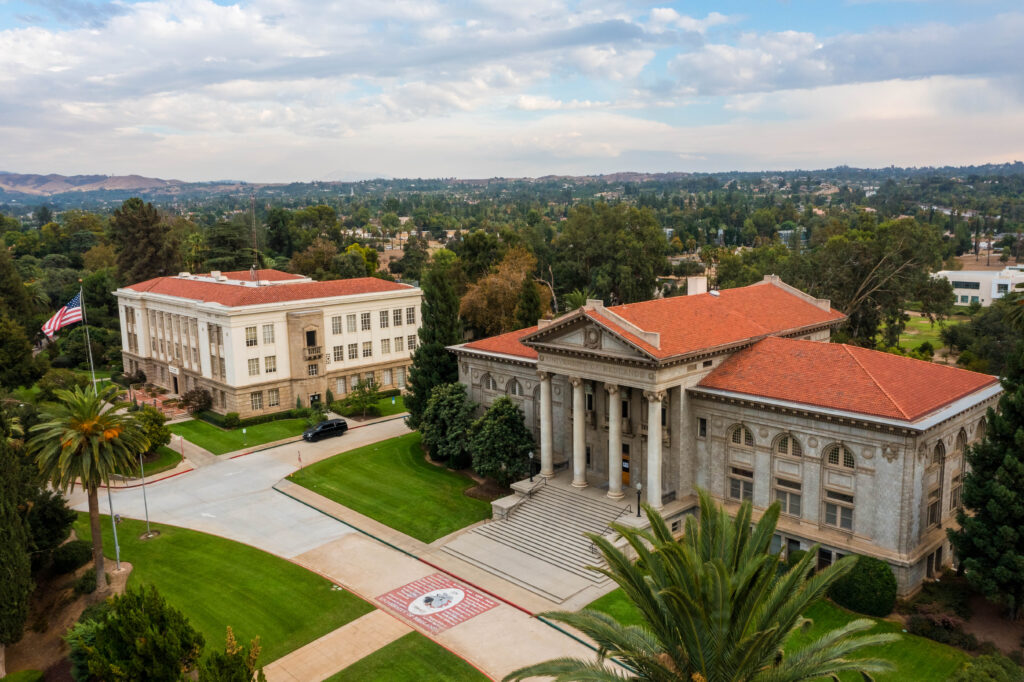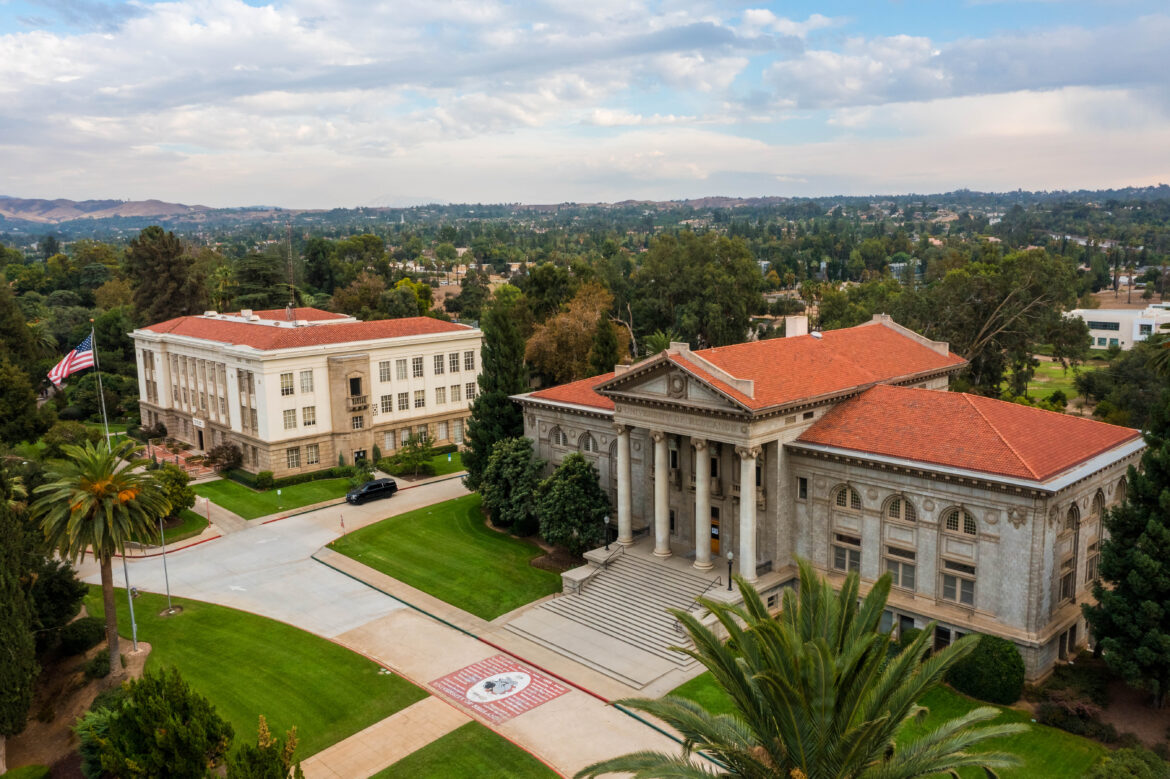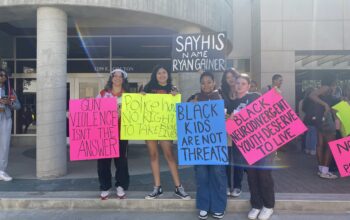

Following its designation as a Hispanic Serving Institution, the University of Redlands held a virtual public square conversation via Webex on October 5 to discuss what this title means and how the university can serve its Hispanic students in light of its new designation.
The panelists for this public square included Dr. Liesder Mayea, Associate Professor of Modern Literature and Languages; Belinda Sandoval, Associate Vice President of Admissions; Anuradha Diekmann, Associate Director of Corporate and Foundation Relations; Jennifer Sacor ’23, undergraduate CAS student; and Dr. Adriana Alvarado, Assistant Professor of the School of Education, who served as the discussion moderator.
First, Alvarado laid out the different components that define a Hispanic Serving Institution. She explained that Hispanic Serving Institutions (HSIs) are typically designated as universities that have a 25 percent Hispanic and Latinx student enrollment rate or higher. However, that is just one of three criteria institutions must meet to apply for the designation of HSI.
An institution must also meet the threshold of Pell Grant recipients and meet core expenses for full-time enrolled students. Alvarado said the university met core expenses and total student enrollment, but fell just 5-6% below the Pell Grant threshold. Despite the shortcoming, the university applied for a waiver to be reconsidered for the HSI designation, which was granted by the U.S. Department of Education. Thus, the federal designation was officially provided in May.
Sandoval Zazueta said she feels fortunate to be a part of the conversation of what it means for the University of Redlands to be an HSI. “This is important to me, personally… Our current student body is 37% Latino, and it’s a number that continues to go up,” she said during the public square. “We are starting to look more like the community we sit in. In 2018, about 39% of the California population identified as Latinx.”
As the student body at University of Redlands is becoming more representative of the state’s demographic, the university is considering how they will go from simply enrolling Hispanic students to actually serving those Hispanic students.
Diekmann mentioned Gina Ann Garcia and her book Hispanic Serving Institutions in Practice: Defining “Servingness” at HSIs, which the faculty is turning to for guidance on being an HSI. Diekmann emphasizes Garcia’s point that the university must serve our Hispanic students by going beyond the vagueness of simply conversing about general inclusion and instead promoting substantive action. Further, she highlights the priority of acting upon U of R’s new designation, “This designation really speaks to who we are as a university and truly reflects what is important to us.” She added that the designation is mutually beneficial because it encourages students to continue to enrich our community with culture.
Representing Oralé, the Hispanic & Latinx club on campus, co-president and third-year student Jenni Sacor asked the faculty how they will continue building safe spaces for Hispanic and Latinx students now that the University of Redlands has the affirmation of being an HSI. As discussion moderator, Alvarado added to Sacor’s question, inquiring what it will look like for the university to serve the Hispanic and Latinx population on campus.
For Sandoval Zazueta, the mission of serving the Hispanic and Latinx communities is personal because she was a first-generation student and is a daughter of immigrants. “To me, it’s really trying to think about how we can help a student come in and out having a positive experience but also being able to give back,” she said.
In addition to supporting Hispanic and Latinx students through school, Sandoval Zazueta says it is equally important to set students up for success after graduation and empower them to give back to their communities. She says the work they are doing as they put together a plan of action is an opportunity to look at data and analyze where Hispanic and Latinx students are absent or underrepresented in schools and centers, scholarships and fellowships, and other areas.
If the university is to support Hispanic and Latinx students, it must also validate the expansive and diverse cultures students bring to campus, said Sandoval Zazueta. “We are a very diverse community, so honoring that and affirming our cultures and language and having that be a part of what we do is really important.”
Understanding students and their stories is crucial to taking the next steps, which is why the public square conversation was held. Faculty want students to voice their concerns as well as solutions so as to be intentional about changes.
Finally, Diekmann clarified that the HSI designation makes the University of Redlands eligible to apply for federal funding, which they plan to do. In the meantime, faculty are currently determining areas in need of funding to support Hispanic and Latinx students and deciding how they can efficiently allocate those funds.
Photo contributed by Bulldog photographer Michael Driscoll.
Ayled Zazueta is a senior emphasizing in journalism & perspectives across cultures. She specializes in human interest stories. Her Myers Briggs is ENFJ.




